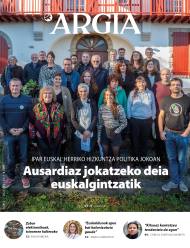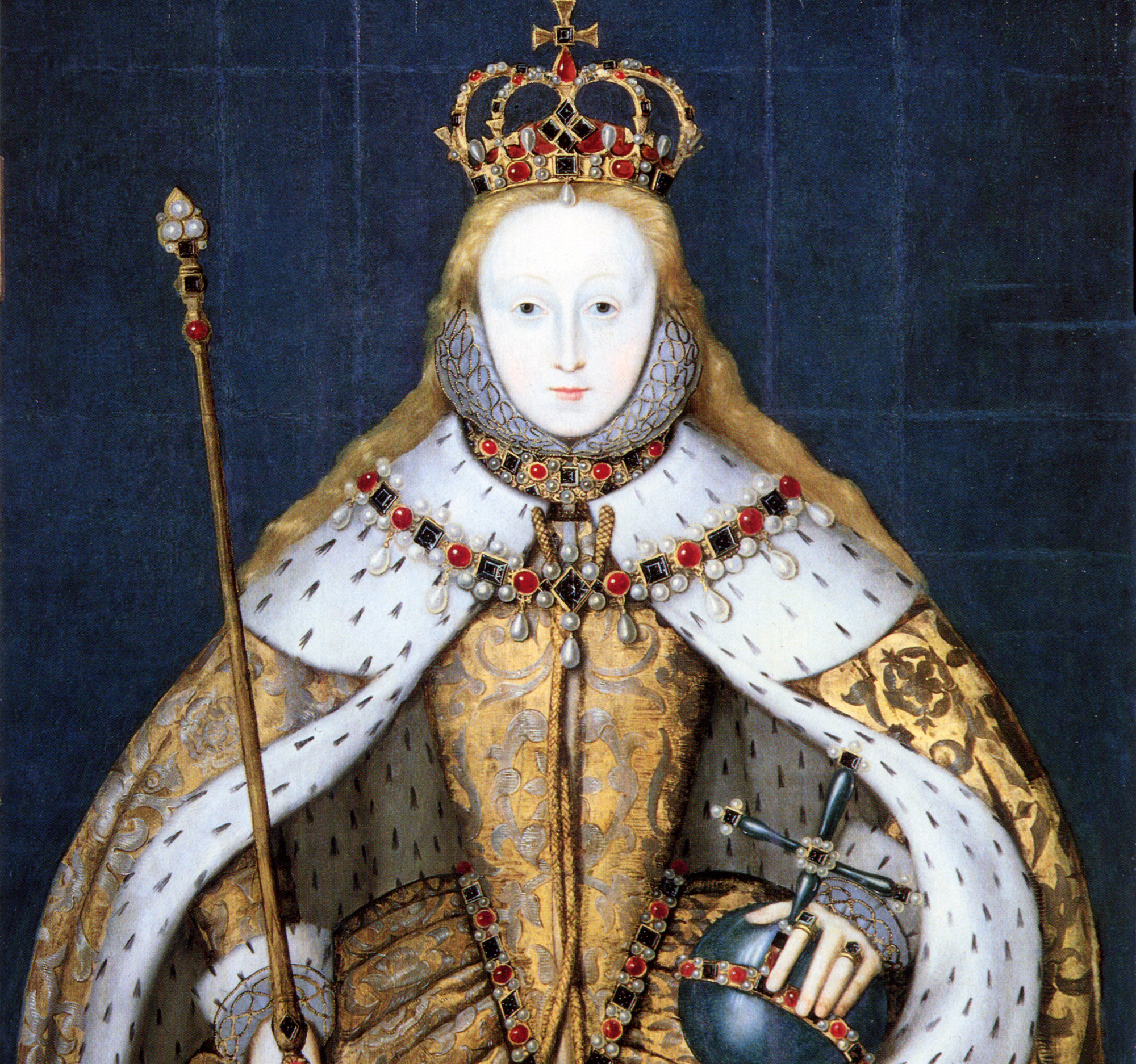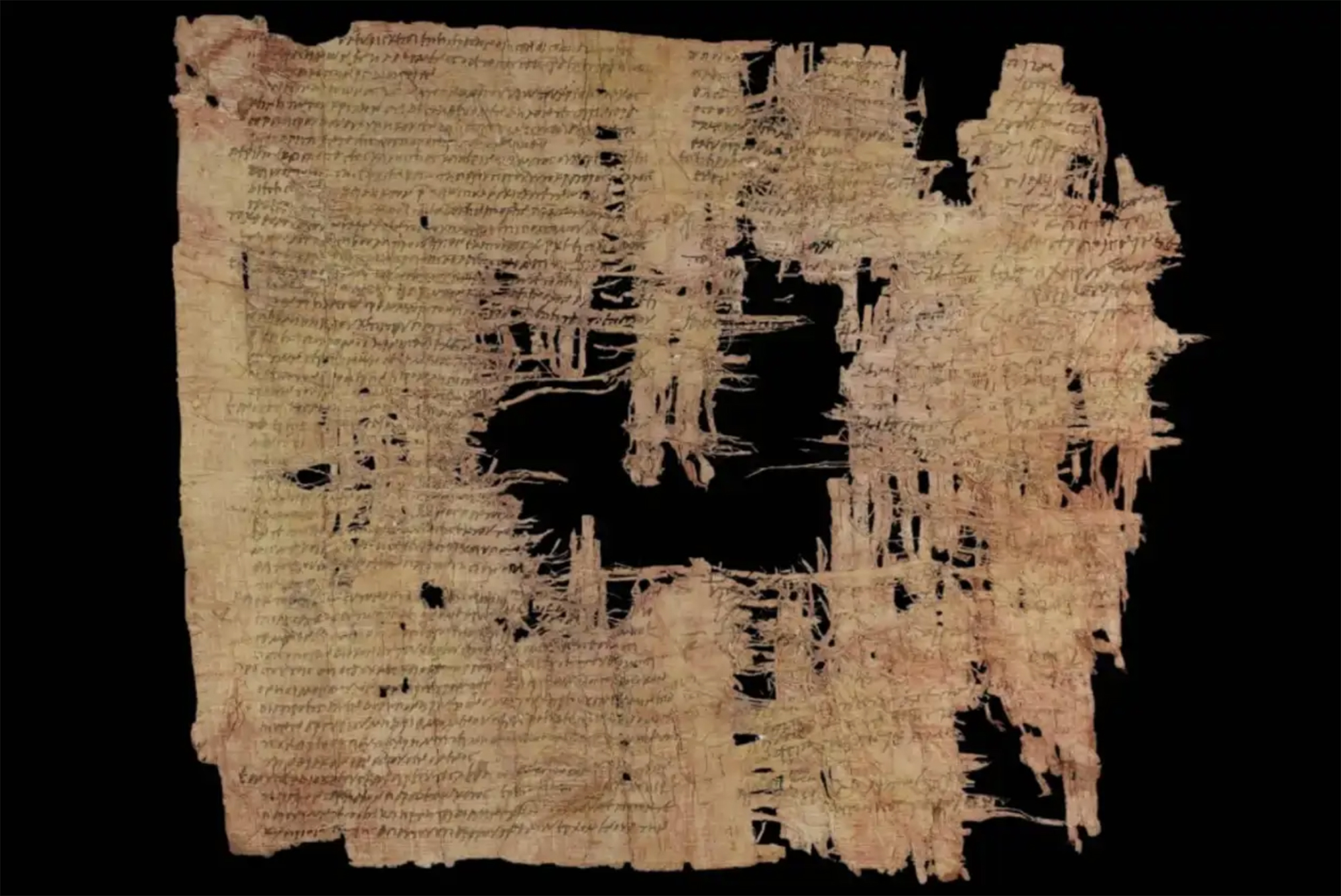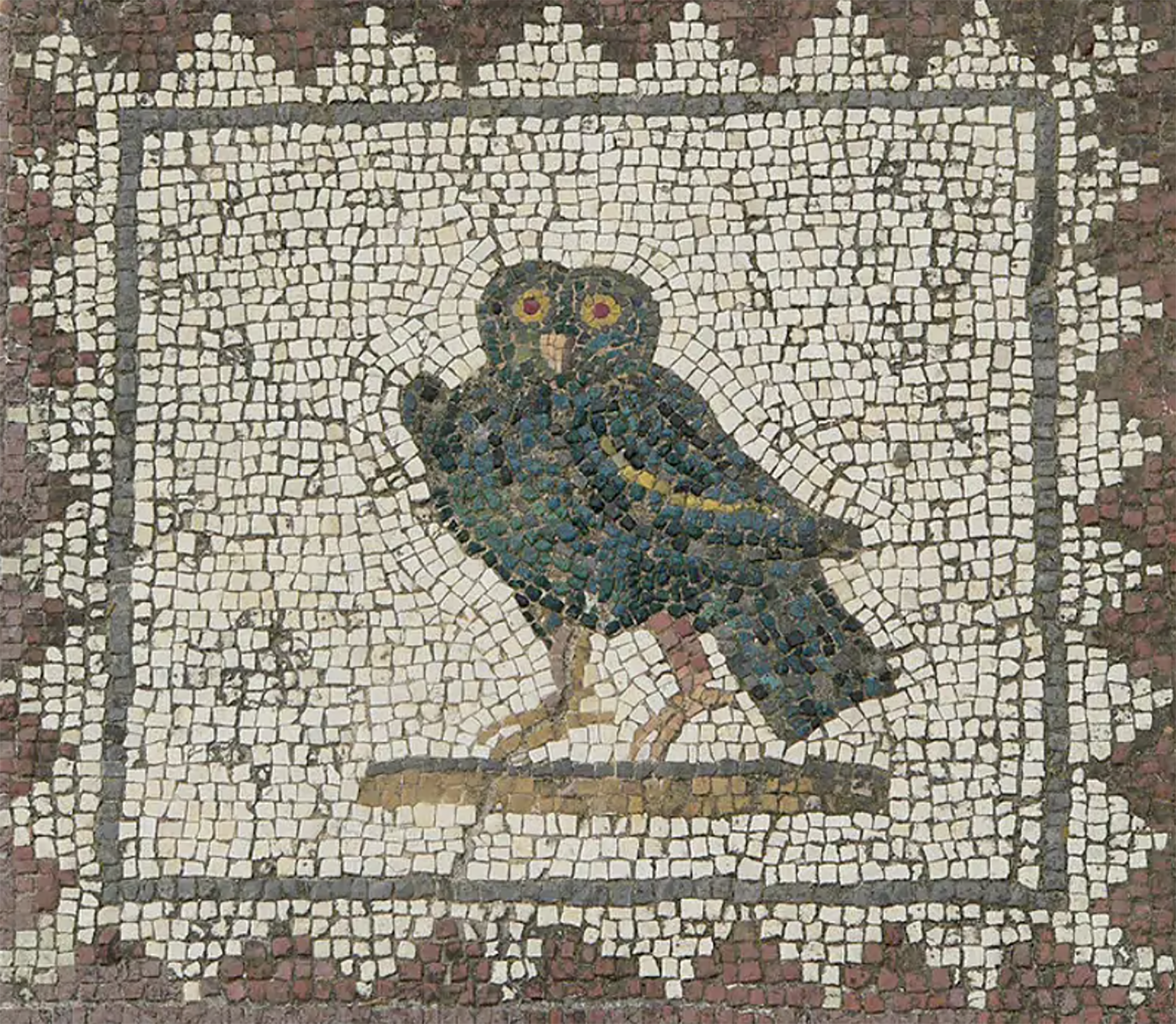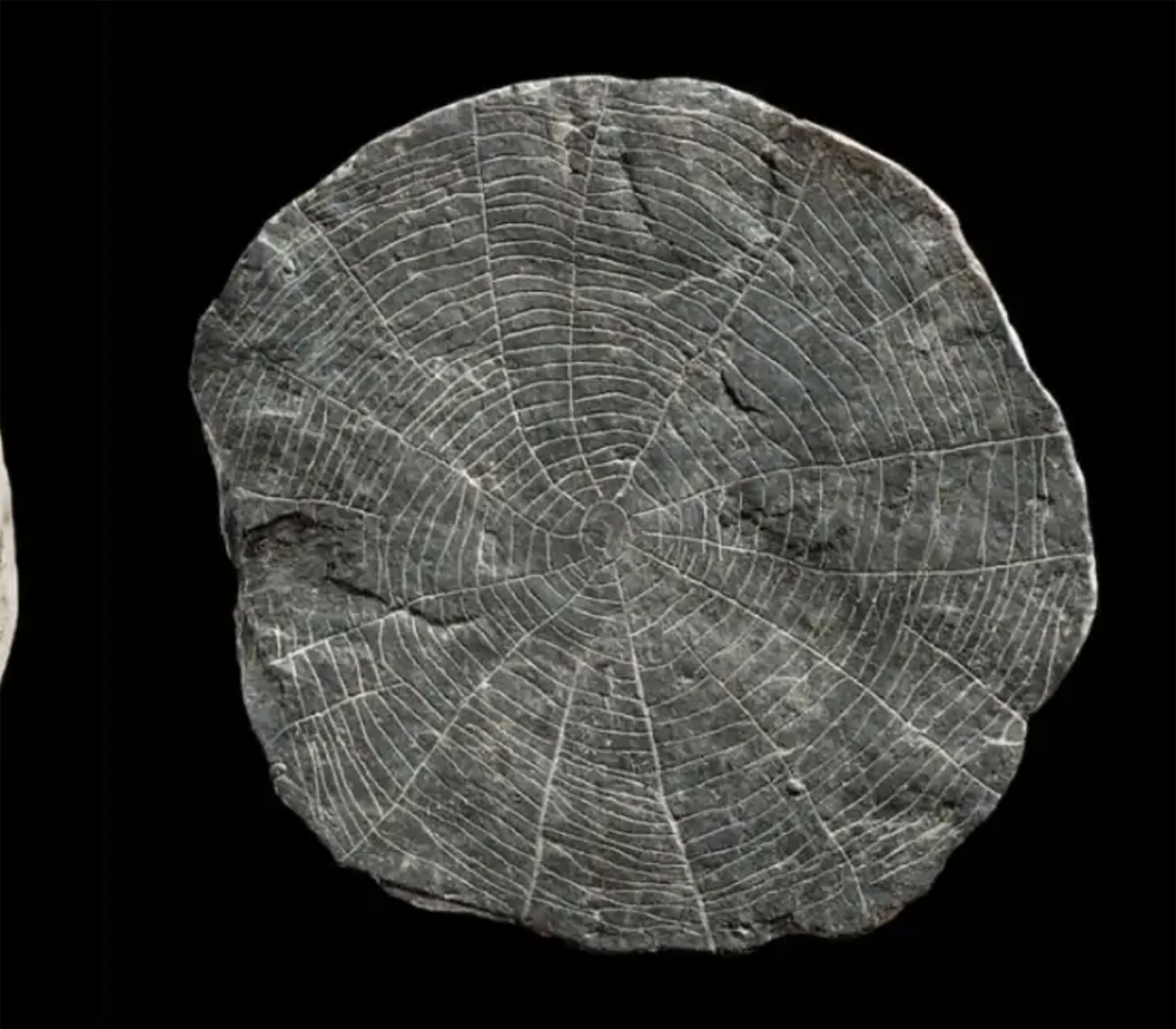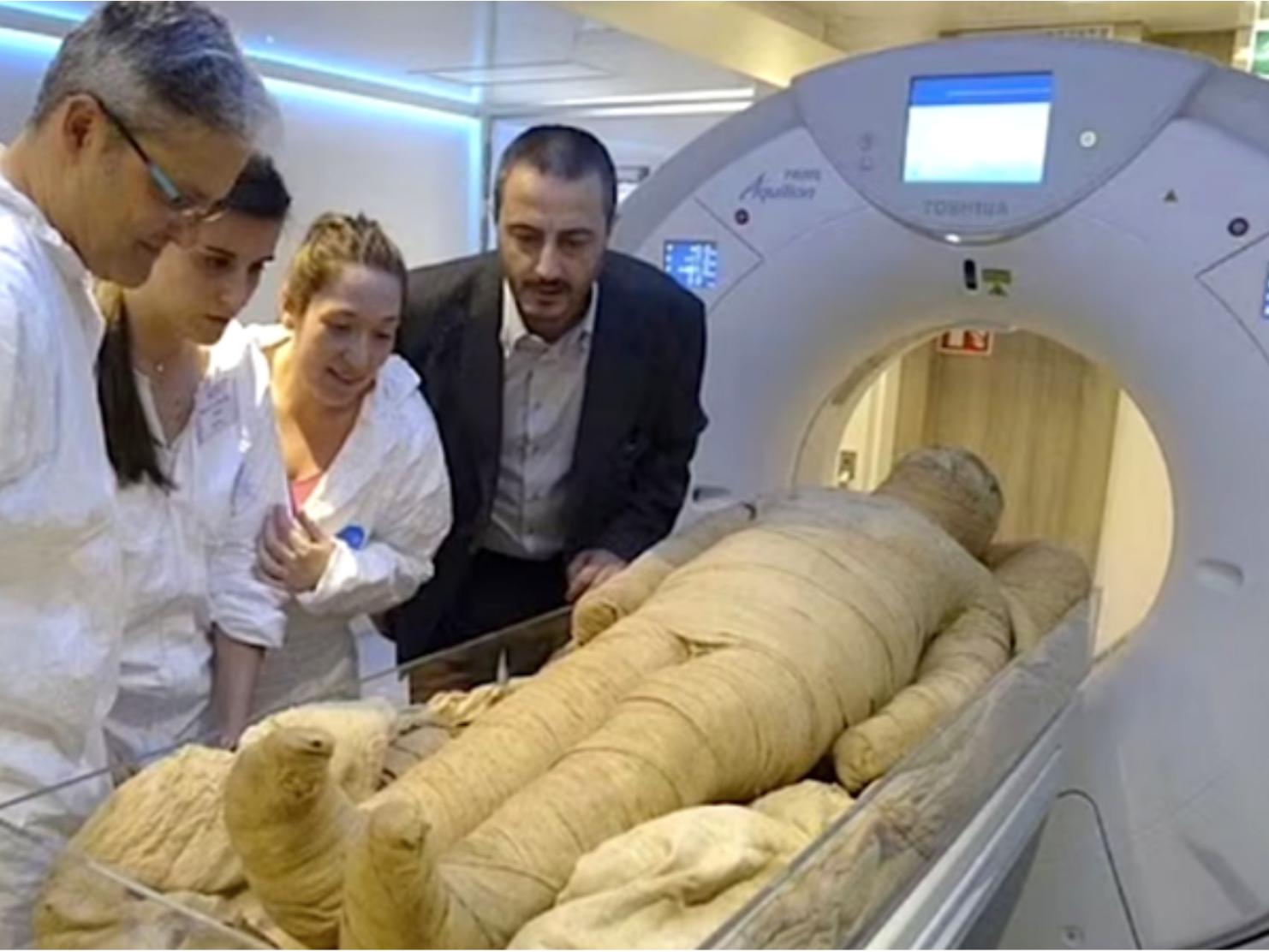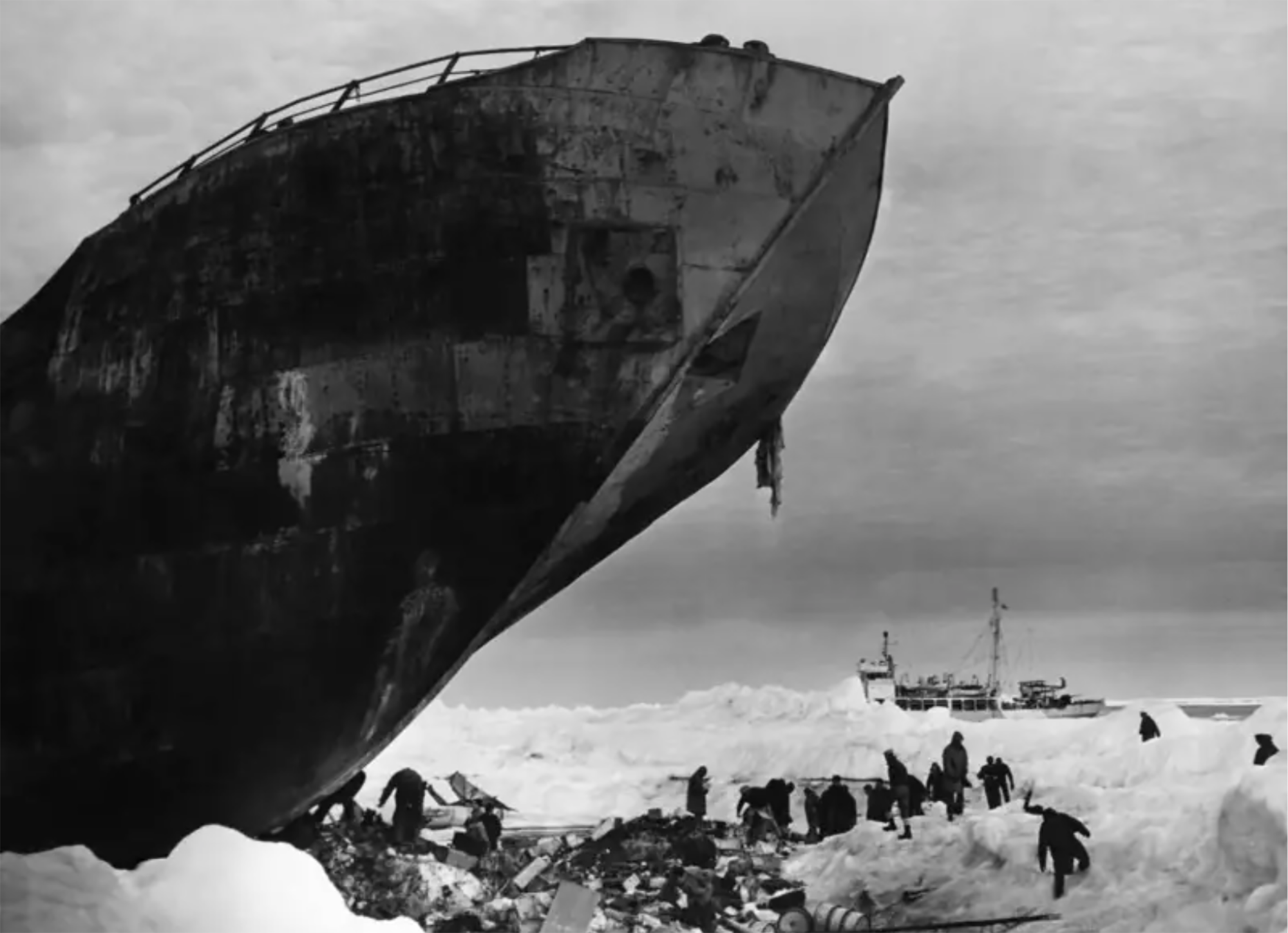Palace for tourism
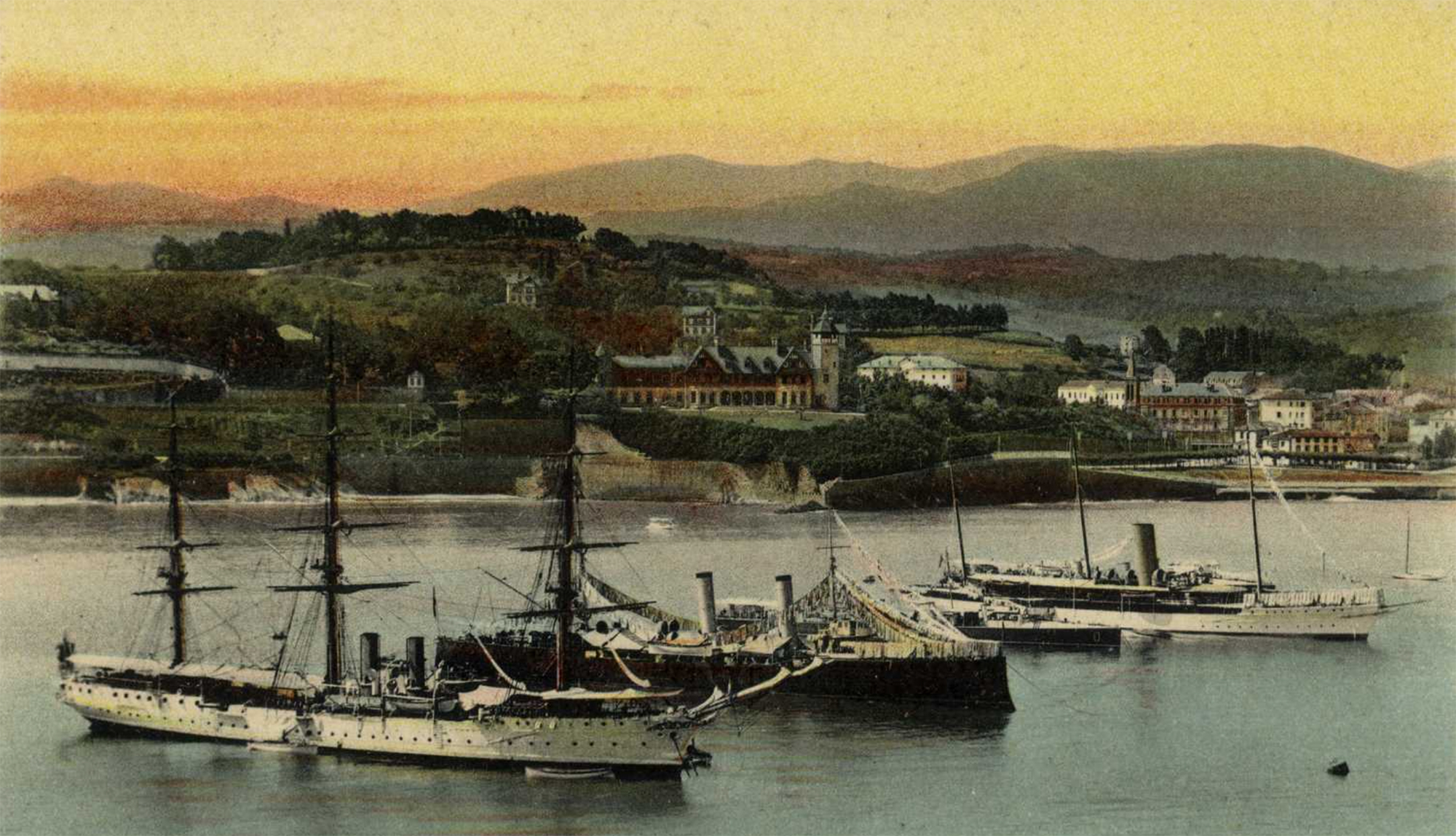
San Sebastián, 1865. Two years after the demolition of the city walls, the Association of Engineers of Gipuzkoa drafted a report that reflected the proposal to close the left entrance of the bay between Igeldo and Santa Clara. In this way, the bay would be a great port and the initiative would greatly strengthen the commercial character of the city. This option was on the table for almost 70 years, a project that the Donostiarras of several generations liked, but they saw a problem: the superport would damage the beaches.
In other words, trade or tourism should take precedence. And it was the real Spanish family that forced him to choose in favor of the second. In the mid-19th century, Queen Elizabeth II was recommended to bathe in the sea, for which the summers began to pass in San Sebastian. And in 1885, with the death of Alfonso XII, son of Isabel, the widow, María Cristina de Habsburg de Lorenza, decided to move the court from Madrid to San Sebastián in summer. But for this they needed a Royal Rural House. The queen purchased an 80,000 square meter seed that looked at the bay and commissioned the palace building project from the English architect Ralph Selden Wornum in 1889. Although the project was carried out by the architect José Goicoa, the Miramar Palace had the English style given to it by Selden Wornum.
Trade or tourism had to take precedence. And it was the real Spanish family that forced him to choose in favor of the second. In the middle of the 19th century, Queen Elizabeth II was recommended to bathe at sea, so summer began to pass in San Sebastián
As with the queen also the courtiers had to spend the summer in San Sebastian, the members of the nobility began to build around Miramar, mainly in Ondarreta, its palaces and summer houses. And as these buildings proliferate, the idea of the Donostian commercial port began to blur.
Maria Cristina died in 1929 and the palace would not last long in the hands of her son Alfonso XIII; in 1931 the Republic expropriated the palace and left it in the hands of the city council. Franco returned the palace to the royal family in 1958, specifically to Juan de Borbón. Finally, in 1972, the City had to buy Juan the palace and the grounds surrounding him, or at least those remaining within the property, as half of the land had already been sold by Borbon.
In recent decades Miramar has been the home of several institutions: Eusko Ikaskuntza-Sociedad de Estudios Vascos, Musikene, summer courses of EHu… For this they have had to carry out various reforms. For example, preparation work was carried out in 2001 for the Musikene classrooms. And now, in 2024, other refurbishment works will be launched in the palace, for which the Basque Government will allocate a budget of EUR 1.2 million. And the Miramar Palace will remain a symbol of a commercial character excluded from the choice of the monarchy by tourism.
Chão de Lamas-eko zilarrezko objektu sorta 1913an topatu zuten Coimbran (Portugal). Objektu horien artean zeltiar jatorriko zilarrezko bi ilargi zeuden. Bi ilargiak apaingarri hutsak zirela uste izan dute orain arte. Baina, berriki, adituek ilargietan egin zituzten motibo... [+]
Hertfordshire (Ingalaterra), 1543. Henrike VIII.a erregearen eta Ana Bolenaren alaba Elisabet hil omen zen Hatfield jauregian, 10 urte besterik ez zituela, sukarrak jota hainbat aste eman ondoren. Kat Ashley eta Thomas Parry zaintzaileek, izututa, irtenbide bitxia topatu omen... [+]
Luxorren, Erregeen Haranetik gertu, hilobi garrantzitsu baten sarrera eta pasabide nagusia aurkitu zituzten 2022an. Orain, alabastrozko objektu batean Tutmosis II.aren kartutxoa topatu dute (irudian). Horrek esan nahi du hilobi hori XVIII. dinastiako faraoiarena... [+]
AEB, 1900eko azaroaren 6a. William McKinley (1843-1901) bigarrenez aukeratu zuten AEBetako presidente. Berriki, Donald Trump ere bigarrenez presidente aukeratu ondoren, McKinleyrekiko miresmen garbia agertu du.
Horregatik, AEBetako mendirik altuenari ofizialki berriro... [+]
Urruña, 1750eko martxoaren 1a. Herriko hainbat emakumek kaleak hartu zituzten Frantziako Gobernuak ezarritako tabakoaren gaineko zergaren aurka protesta egiteko. Gobernuak matxinada itzaltzeko armada bidaltzea erabaki zuen, zehazki, Arloneko destakamentu bat. Militarrek... [+]
In the Maszycka cave in Poland, remains of 18,000 years ago were found at the end of the 19th century. But recently, human bones have been studied using new technologies and found clear signs of cannibalism.
This is not the first time that a study has reached this conclusion,... [+]
Porzheim, Germany, February 23, 1945. About eight o’clock in the evening, Allied planes began bombing the city with incendiary bombs. The attack caused a terrible massacre in a short time. But what happened in Pforzheim was overshadowed by the Allied bombing of Dresden a few... [+]
Judea, 2nd century AD. In the turbulent atmosphere of the Roman province, a trial was held against Gaddaliah and Saul, accused of fraud and tax evasion. The trial was reported on a 133-line paper in Greek (pictured). Thinking that it was a Nabataean document, the papyrus was... [+]
Poloniar ikerlari talde batek Sevillako Italica aztarnategiko Txorien Etxea aztertu du, eta eraikinaren zoruko mosaikoak erromatar garaiko hegazti-bilduma xeheena dela ondorioztatu du.
Txorien etxean 33 hegazti daude mosaikoetan xehetasun handiz irudikatuta. Beste... [+]
Archaeologists have discovered more than 600 engraved stones at the Vasagård site in Denmark. According to the results of the data, dating back to 4,900 years ago, it is also known that a violent eruption of a volcano occurred in Alaska at that time. The effects of this... [+]
Vietnam, February 7, 1965. The U.S. Air Force first used napalma against the civilian population. It was not the first time that gelatinous gasoline was used. It began to be launched with bombs during World War II and, in Vietnam itself, it was used during the Indochina War in... [+]
Japan, 8th century. In the middle of the Nara Era they began to use the term furoshiki, but until the Edo Era (XVII-XIX. the 20th century) did not spread. Furoshiki is the art of collecting objects in ovens, but its etymology makes its origin clear: furo means bath and shiki... [+]
In an Egyptian mummy of 3,300 years ago, traces of Yersinia pestis, the bacterium that caused the Justinian plague in the 6th century and the Black Plague in the 14th century, have just been found.
Experts until now believed that at that time the plague had spread only in... [+]
Greenland, the end of the 10th century. The first Scandinavian explorers and settlers arrived on the island. But by the 15th century these settlements had been abandoned and the original Inuit remained. But in 1721, the missionary Hans Egede organized an expedition and the... [+]
In 2017, Indonesia and the Netherlands signed an agreement to return the heritage stolen by the European country because of colonialism for three centuries. The Indonesian responsible for the return process, Gusti Agung Wesaka Puja, explained that this agreement "was important in... [+]









